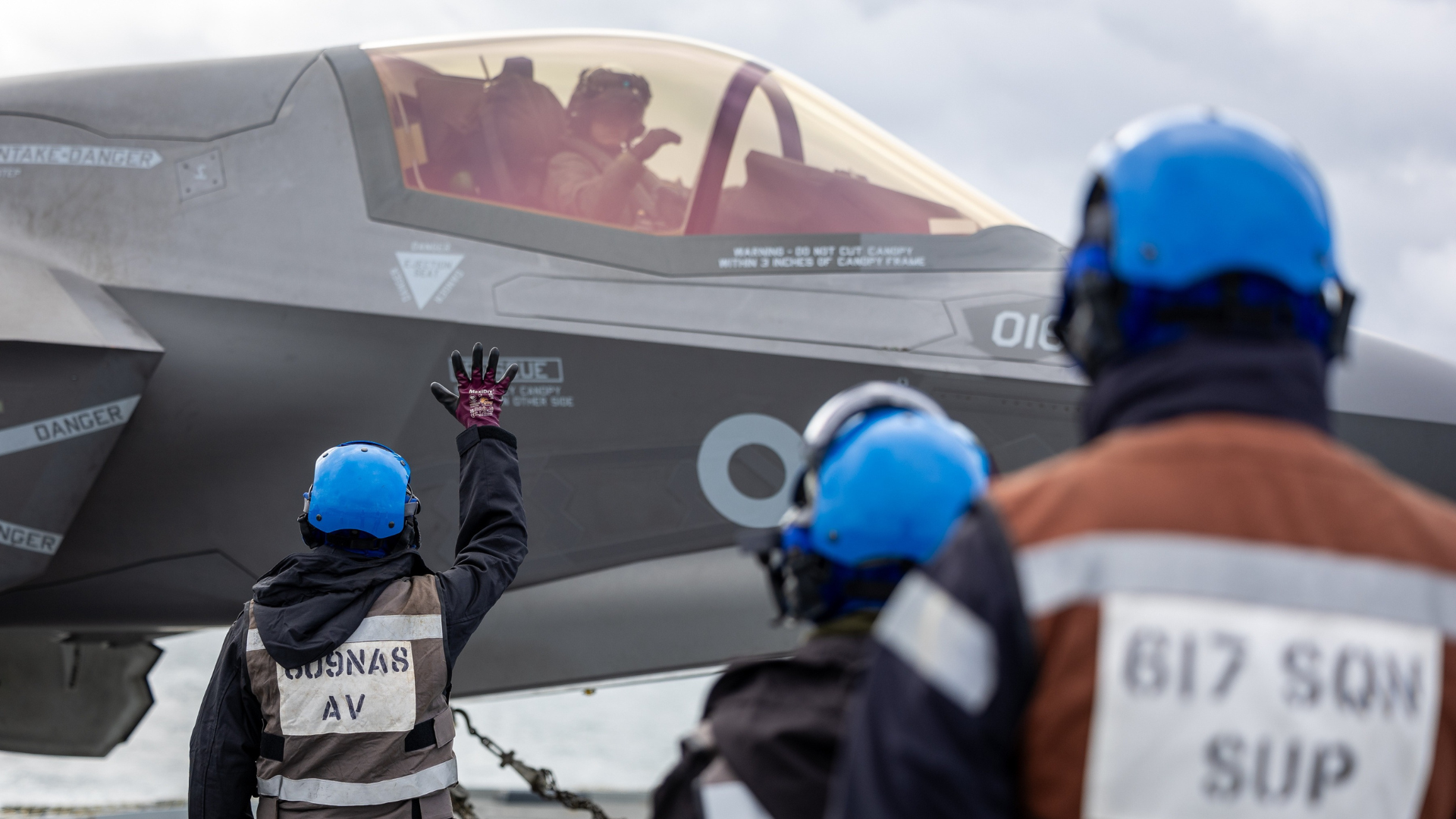Today marks the official opening of the National Centre for Net Shape and Additive Manufacturing at the Manufacturing Technology Centre in Coventry. With £15.3m of government funding, the centre will support the exploitation of 3D printing processes and aim to bridge the gap between innovation and commercialisation.
This government investment is matched by industry enthusiasm for 3D printing. At last week’s Paris Airshow the new Airbus A350 XWB performed daily demonstrations – impressively this aircraft has nearly 1,000 3D printed parts.
Airbus is not alone in taking advantage of 3D printing technology – later this year Rolls-Royce will flight-test a 3D printed titanium structure in its Trent XWB-97 engine; GE is using 3D techniques to make fuel nozzles for next generation LEAP engines; and GKN has invested in a 3D printing variant in its Bristol facility.
The recent development of new 3D printing techniques, otherwise known as Additive Manufacturing, has allowed for the quicker and cheaper creation of high-quality, complex aircraft parts. In fact, such is the value of these techniques the aviation and defence industries currently account for around 10% of the 3D printing market.
3D printing benefits the aerospace industry by reducing the time it takes for a product to reach market through:
- quicker lead time for raw materials: large billets (e.g. unfinished slabs) of titanium for traditional manufacturing need to be purchased 1-2 years before they are used
- rapid prototyping: prototypes can be built quickly with the required fit, form and functionality
- fewer stages of production: for example printing a product with holes included rather than having them drilled afterwards
Design is also aided through the 3D printing processes. Industry is able to design parts for customisation with no additional manufacturing costs, such a tooling, which allows for the production of highly complex parts in low volumes. 3D printing also lends itself to printing complex shapes in a way that traditional methods cannot – this offers companies the chance to design for optimised functionality.
3D printing enables original and replacement parts to be produced at best suited locations, reducing material waste and inventory requirements – production can be located near to the point of use.
As with all technology, 3D printing is not without its challenges. The Aerospace, Defence, Security and Space sectors face stringent regulation from aviation authorities and must gain certification for the material, parts and process used. As 3D printing technology is relatively new, companies need to invest in repeated testing to meet the safety regulation criteria.
With increasing demand for 3D printing manufacturing, the UK needs to position itself to remain as a global leader in this field. Although the UK is strong in both the development of knowledge and successful application of 3D printing, gaps in the supply chain and competition from other national strategies and investment will see the UK lose its competitive advantage if action is not taken.
Government and industry need to work together to develop a national strategy which can overcome current challenges such as market uncertainty and supply chain fragmentation. By working together on developing a UK national strategy for 3D printing the UK can look to capitalise on a market that is forecast to be worth £67 billion by 2020.





